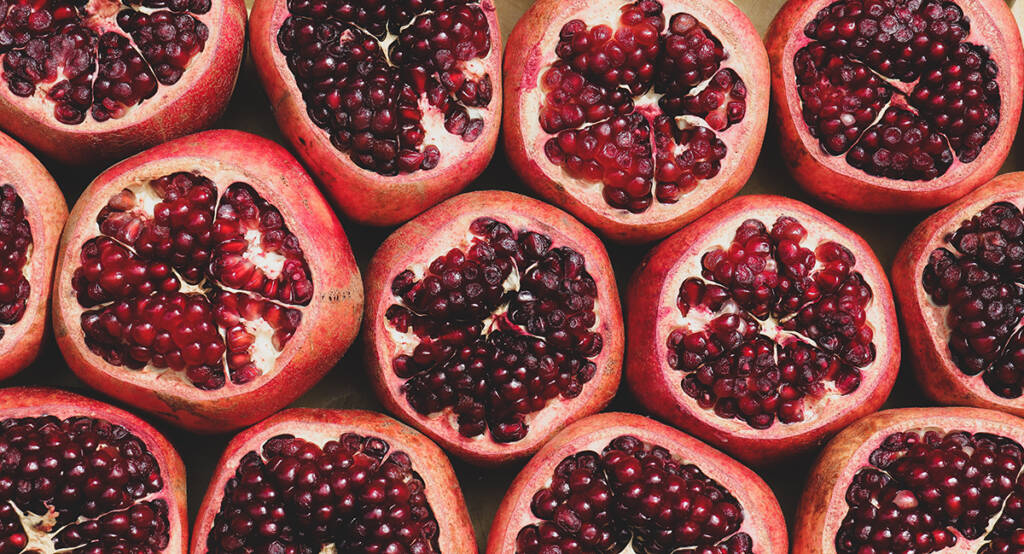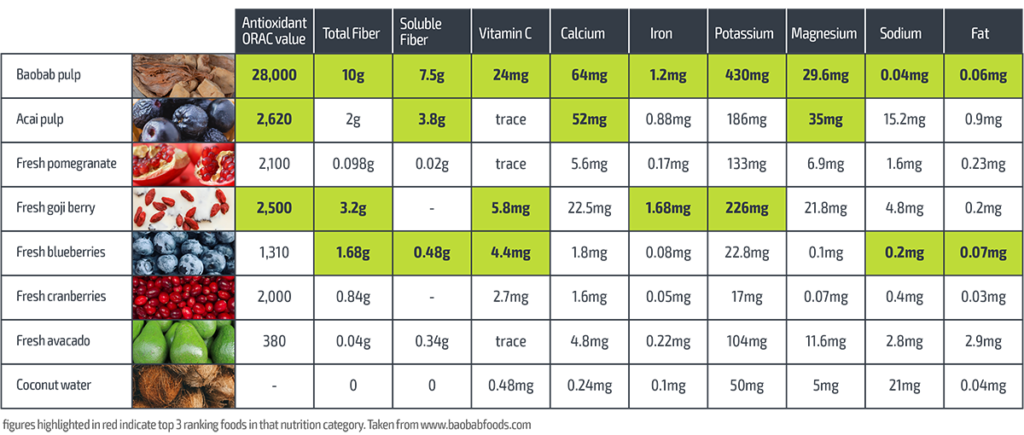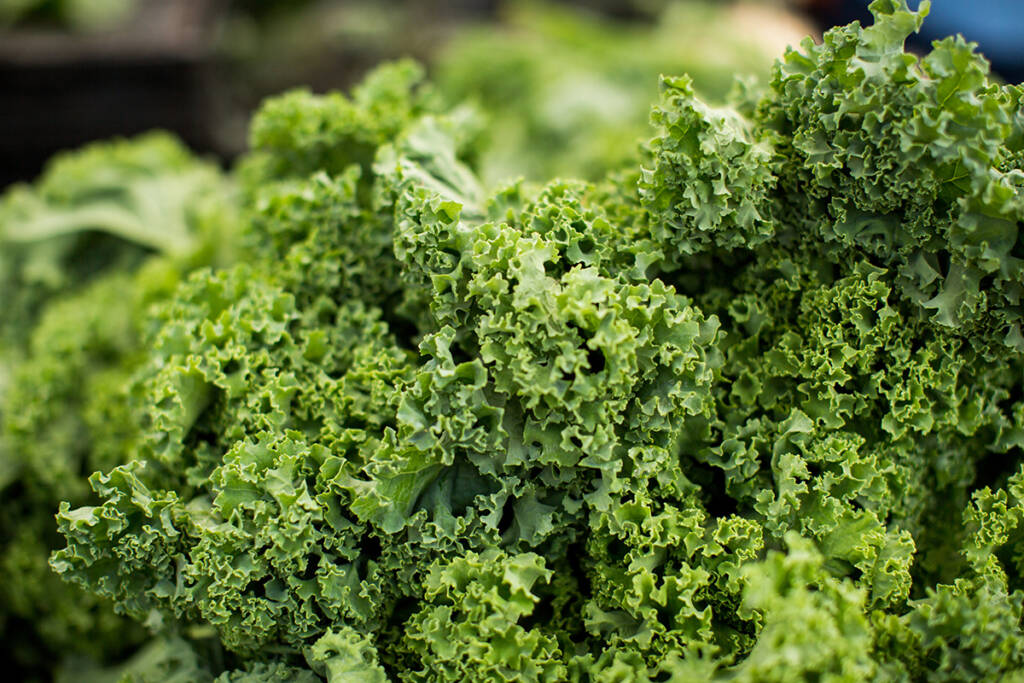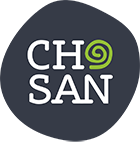We’ve all heard the term superfoods used to describe foods that are supposed to be extra good for us. But how many of us can say for sure what this word actually means?
Well, put simply, superfoods are foodstuffs which offer maximum nutritional benefits for minimal calories. They are packed with vitamins, minerals and antioxidants, all of which are fantastic for keeping us healthy.
What you may not have heard of are superfruits. These are a subset of superfoods, including exotic species such as noni from Oceania, goji and sea buckthorn from China, mangosteen from south-east Asia and acai from South America.

The pomegranate is also a superfruit. Meanwhile, grains such as quinoa, barley, spelt and millet are classified as supergrains, and are marketed as ‘heritage’ or ‘ancient’ superfoods because they have been consumed for good health for centuries.
The table below of foods that rank high in different nutritional categories is not a definitive list but very clearly demonstrates why baobab deservedly merits being considered a superfood or superfruit.
Baobab Nutrition Matrix – 20g comparison

Another term you may not be familiar with is ‘functional food’. Functional food is a product which has been enhanced by adding new ingredients or by adding more of existing ingredients.
Examples include probiotic yoghurt and fortified cereals. Often the added function of these foods is related to health promotion or disease prevention, with additional physiological benefits.
Of course, the term ‘health food’ is one of which most of us are aware. Health food includes natural or whole foods which have been produced with minimal processing, while they have little or no preservatives, enrichment or refinement.

The term also refers to organic foods, which have been grown without pesticides. Health foods form the basis of a well-balanced diet, reducing our risk of disease and/or health-related conditions.
The science of superfoods
Over the years, the number of food and beverage products containing the words superfood, superfruit or supergrain has multiplied. But contrary to what some may believe, food producers are not allowed to use these terms without scientific evidence.
Regulatory authorities can therefore ban the marketing of products as superfoods unless they are accompanied by a specified verified health claim supported by credible scientific research.
Don’t put all your superfood in one basket
As super as all these foods are, dieticians warn against adopting a diet based only on these key ingredients.
A healthy, balanced diet provides the body with essential nutrition: fluid, macronutrients, micronutrients and adequate calories. It may contain fruits, vegetables and whole grains, and include little to no processed food or sweetened beverages.

We are encouraged to include a range of other foods regularly in our diet. Dark green leafy vegetables such as kale and spinach; fruit, especially berries; beans and other pulses such as lentils; nuts and seeds; oily fish and even tea are all very easily available foods which when eaten in their unprocessed form can constitute a healthy diet.
Evidence shows that this kind of lifestyle will guard us against chronic diseases and health problems in the future.
By eating one or two nutrient-dense superfoods on top of an otherwise poor diet, you are unlikely to be benefitting your overall health. So, while it’s great to indulge in our favourite superfoods, we should be doing so as a supplement to a well-rounded diet rather than as our only concession to good health.
Photos above Marta Matyszczyk, Char Beck, Bethany Szentesi, andPierre Bamin all on Unsplash


Add Comment